Laboratory Services
The laboratory is comprised of units specializing in specific areas of forensic analyses.
Biology
DNA analysis is performed on items of evidentiary value and results are compared with known DNA samples from a victim and/or suspect. The section also maintains the Combined DNA Index System (CODIS) database. Examples of items frequently tested in the section include: Sexual Assault Kits, swabs from crime scenes, bedding, cigarette butts, bottles, and personal items such as clothing.
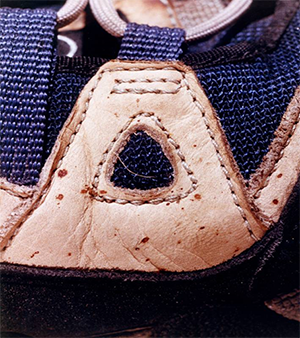
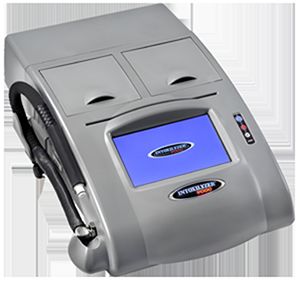
Breath Alcohol Calibration
Repairs and calibrates all Intoxilyzer units that are used for analysis of breath alcohol levels throughout the state. Criminalists train and certify law enforcement officers in the use of the Intoxilyzer units. Additionally, the unit evaluates and approves all preliminary breath test devices (PBTs) used by law enforcement in the state.
Digital Evidence
Performs analyses to preserve, acquire and recover data from media containing digital evidence. Exams attempt to recover data that has been deleted, hidden or altered as well as work to attempt access to encrypted data, recover passwords and/or circumvent schemes designed to prevent access. The section also may verify and validate digital information and the integrity of the original media. Evidence received include mobile devices, computers, network systems, memory devices and drives, vehicle infotainment systems and other data storage media.
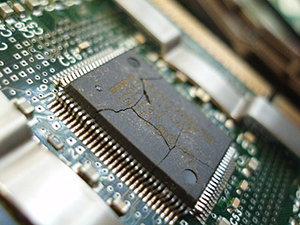
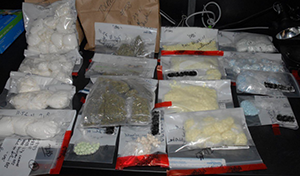
Drug Chemistry
Analyzes submitted materials for the presence of controlled drugs. The types of evidence analyzed include unknown powders, tablets, vegetative samples and liquids as well as drug paraphernalia and other items suspected to contain controlled drugs. Additionally, the unit has DEA-trained clandestine laboratory chemists that assist with clandestine laboratory scene processing and safety assessments.
Fire Debris
Analyzes submitted evidence for the presence of ignitable liquids. Typical sample types include debris from fire scenes, unknown liquids, clothing from suspects or victims, etc. Results of examinations provide evidence in cases of suspected arson, criminal mischief and assault.
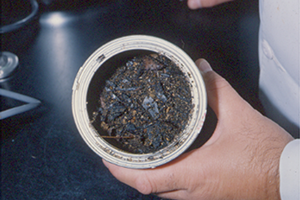
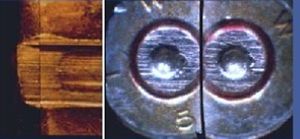
Firearms and Toolmarks
Examines firearms for function and safety as well as determination of caliber, make and type of weapon. Analysis includes preparation and comparison of test fires with evidence projectiles, cartridge cases or shotshells. Examinations may be performed for shot pellet spread or the presence of propellant residues to determine firing distance. Additionally, analyses can be done to restore obliterated serial numbers, perform toolmark examinations, perform physical match examinations of various broken, torn or cut items and examine glass and plastics evidence for comparisons and fracture matches.
Pattern Evidence
Processes evidence to develop/preserve fingerprints, footwear, tire, fabric, indented writing or other latent impressions. Analysis includes comparison of latent finger/palm impressions, questioned footwear and tire impressions to known samples for identification or exclusion. The Tri-State (ME, NH &VT) and FBI (National) ABIS systems are used for searching against finger and palm prints.
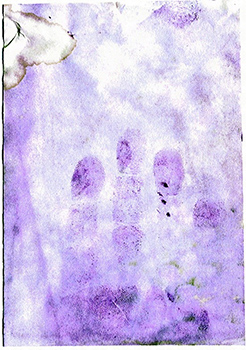
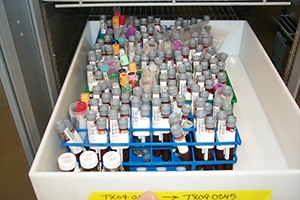
Toxicology
Identifies and quantifies the presence of alcohol and/or drugs in blood or other body fluids. Reports include information as to impairing effects of the drugs identified. Samples are obtained from suspects or victims involved in impaired driving, sexual assault or other criminal investigations. The unit also provides testing services for identification of drugs in urine samples from individuals under the supervision of the NH Department of Corrections.



